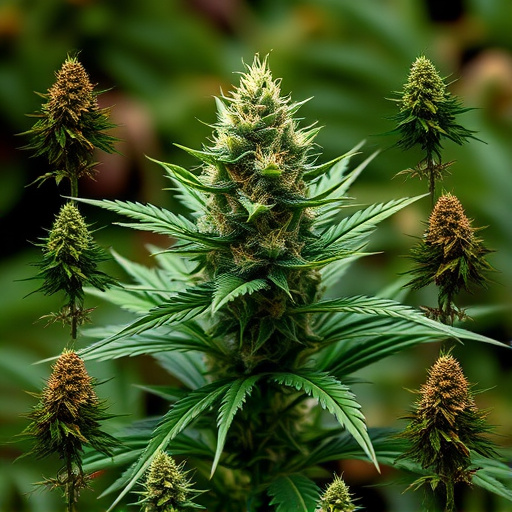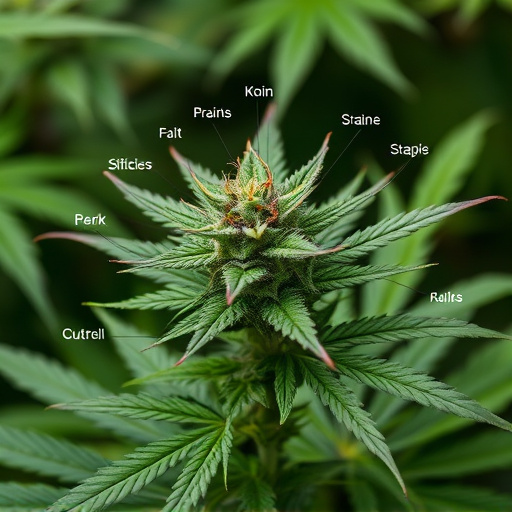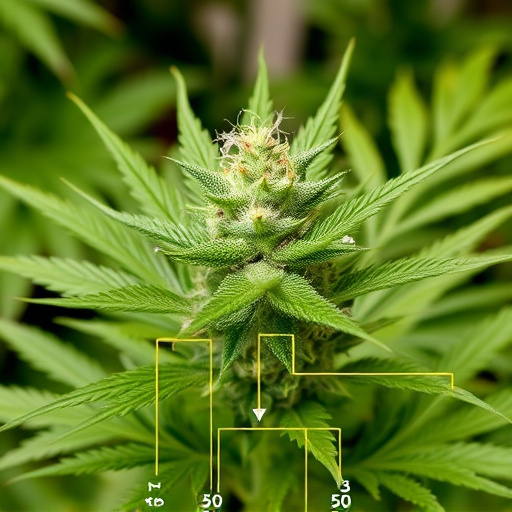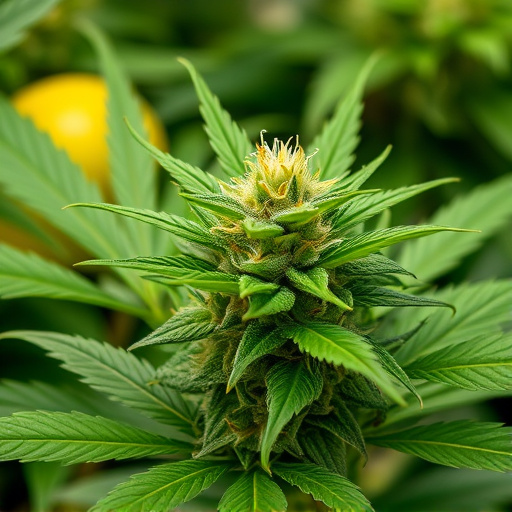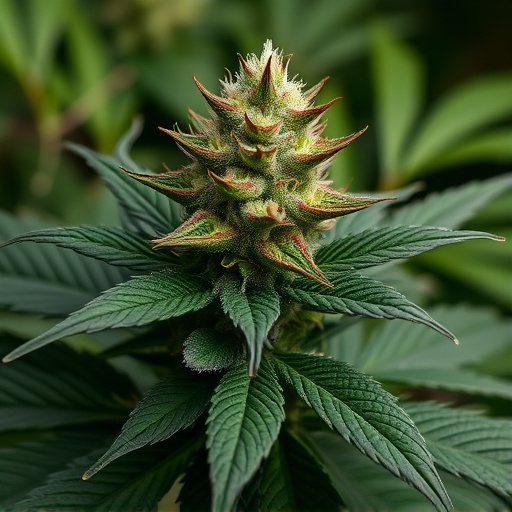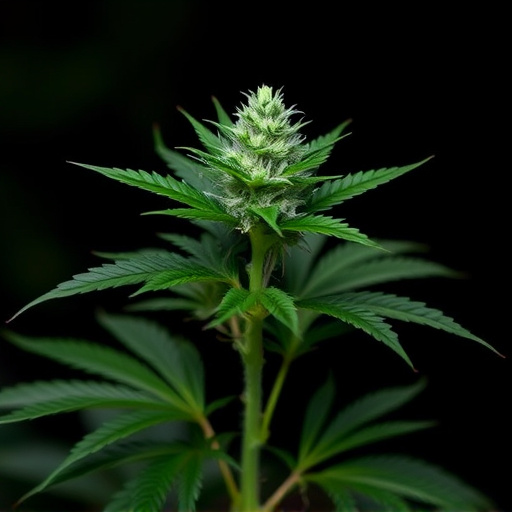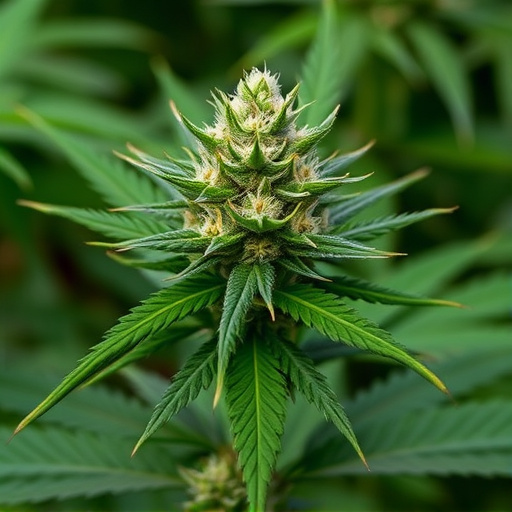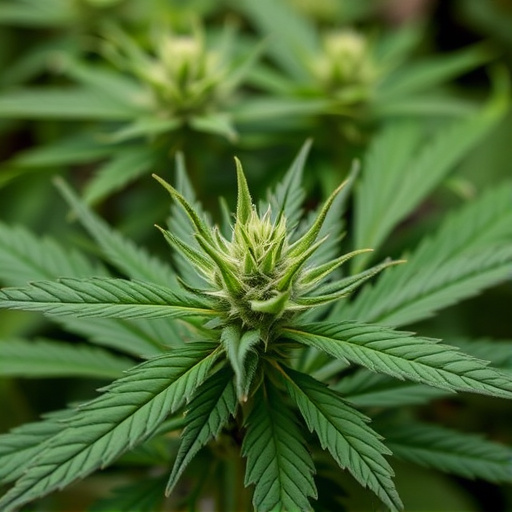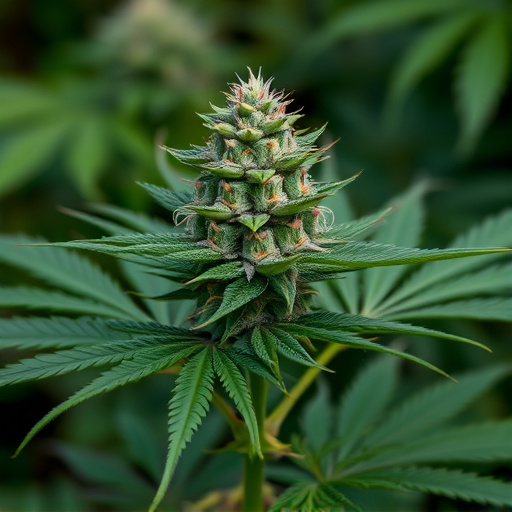Understanding cannabis strain profiles, particularly terpene compositions, allows users to select varieties that align with desired effects, such as relaxation and pain relief. Vaporization, a popular consumption method, offers therapeutic benefits at specific temperature ranges (180°C-220°C or 356°F-428°F). For pain relief, Indica strains with balanced THC and CBD levels are ideal at lower temps (350-370°F or 176-188°C), while Sativa's higher THC content requires slightly hotter temperatures (375-400°F or 190-204°C). Optimal temperature control ensures effective pain management while preserving cannabinoid and terpene profiles.
Unwind and elevate your cannabis experience with a focus on optimal vaporizing temperatures for weed. This guide explores the intricate relationship between cannabis strains, aroma profiles, and the science of vaporization. We delve into how temperature affects the release of therapeutic compounds, offering relief for various ailments. From understanding strain-specific characteristics to identifying the ideal settings for different varieties, including those sought after for pain management, this article is your compass through the world of cannabis vaporization.
- Understanding Cannabis Strains and Their Aroma Profiles
- The Science Behind Vaporization and Optimal Temperatures
- Finding the Right Temperature for Different Cannabis Strains for Pain Relief
Understanding Cannabis Strains and Their Aroma Profiles

Understanding Cannabis Strains and Their Aroma Profiles
Cannabis strains vary greatly in their chemical composition and terpene profiles, which directly impact their aroma, flavor, and effects. Terpenes are aromatic compounds that contribute to the distinctive scents of different cannabis strains. Each terpene has unique properties that can enhance or modify the effects of cannabinoids like THC and CBD. For example, myrcene is known for its earthy and musky scent and is often linked to relaxing and pain-relieving effects, making it a popular choice among users seeking cannabis strains for pain management.
Knowing the specific terpene profile of different strains can help users make informed decisions based on their desired effects and experiences. Cannabis strains for pain relief, for instance, might be rich in myrcene or linalool, known for their calming and anti-inflammatory properties. By understanding these nuances, consumers can optimize their vaporizing sessions to achieve the most beneficial outcomes tailored to their individual needs.
The Science Behind Vaporization and Optimal Temperatures
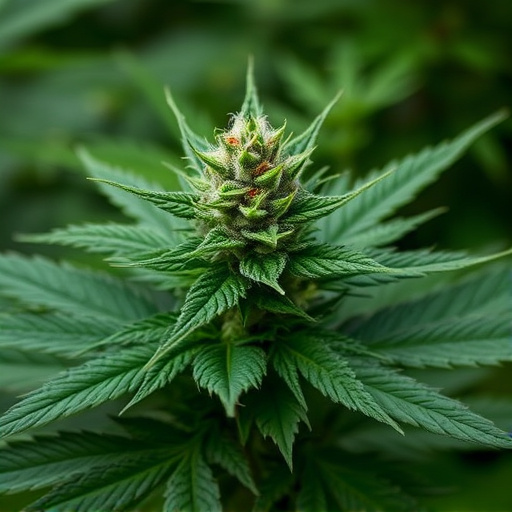
Vaporization, a popular method for consuming cannabis, involves heating the herb to release its active compounds without combustion. This process offers several advantages, especially for medical users looking for relief from pain and other conditions. The science behind vaporization lies in understanding how different temperatures affect the extraction of specific cannabinoids, such as THC and CBD, which are known for their therapeutic properties.
Optimal vaporizing temperatures range between 180°C and 220°C (356°F to 428°F). Lower temperatures extract more terpenes, providing a flavorful experience, while higher temperatures enhance the release of cannabinoids. For cannabis strains primarily known for their pain-relieving properties, like Indica varieties, slightly lower temperatures around 190-200°C (374-392°F) are ideal to preserve the delicate balance of cannabinoids and terpenes, ensuring a more effective and enjoyable experience without compromising the medicinal benefits.
Finding the Right Temperature for Different Cannabis Strains for Pain Relief
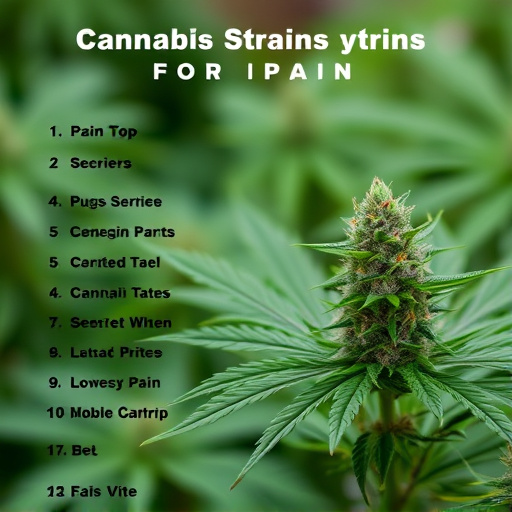
Different cannabis strains have unique chemical compositions, which means their optimal vaporizing temperatures can vary. For those seeking relief from pain, understanding these variations is crucial. Sativa strains, known for their energizing effects, often contain higher levels of THC and lower amounts of CBD. These profiles suggest that Sativas may be more effective at managing chronic pain due to THC’s analgesic properties. Therefore, vaporizing at slightly higher temperatures, around 375-400°F (190-204°C), can enhance the extraction of these potent compounds.
On the other hand, Indica strains are favored for their relaxing and sedative effects due to higher CBD content and balanced THC levels. For pain relief, Indicas offer a more subtle yet effective approach. Lowering the temperature to 350-370°F (176-188°C) allows for a milder vapor experience while still releasing beneficial terpenes that contribute to pain alleviation. This temperature range also preserves the delicate flavors and aromas associated with different cannabis strains, ensuring a more enjoyable and therapeutic session for users looking to alleviate pain naturally.
Vaporizing cannabis for pain relief offers a precise method to mitigate discomfort, tailored to individual preferences and specific strain attributes. By understanding the unique aroma profiles of different cannabis strains and leveraging scientific insights into vaporization temperatures, users can optimize their experience. Each strain has its ideal temperature range for optimal efficacy and pleasant aroma, making informed choices crucial. Incorporating these strategies ensures cannabis is not only effective but also enhances overall enjoyment.

